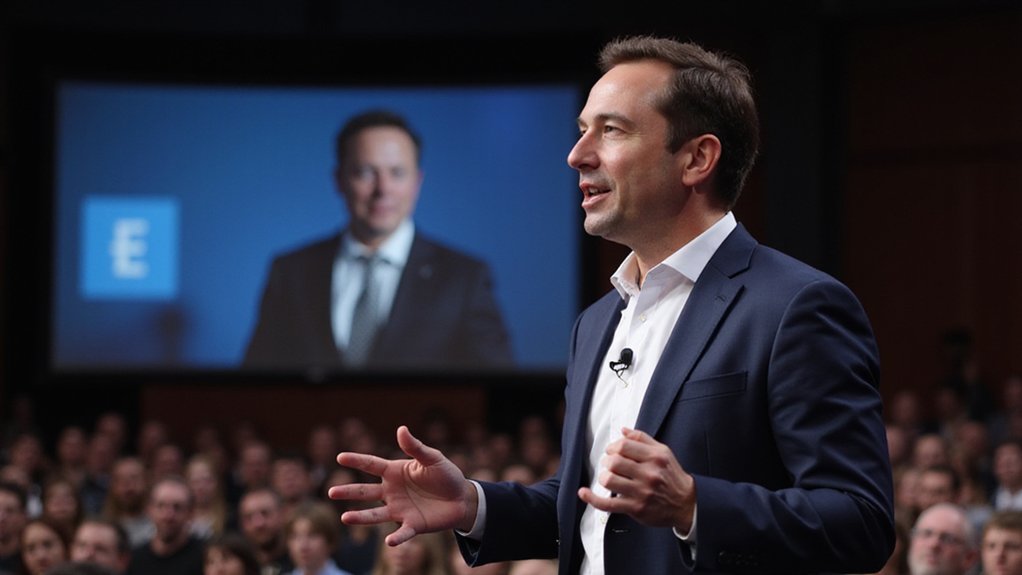Steadfast devotion—even when parsed into days rather than weeks—remains the hallmark of Elon Musk‘s approach to the Department of Government Efficiency (DOGE), according to tech veteran David Sacks, who has publicly lauded Musk’s management strategy despite the billionaire’s recent scaling back of his time commitment.
Sacks, recently appointed as Trump’s AI and crypto czar and a longtime Musk associate, defended the Tesla CEO’s decision to reduce his DOGE involvement to approximately one to two days weekly, characterizing it as consistent with Musk’s established operational playbook.
The strategy—intense initial focus followed by deliberate delegation—mirrors Musk’s approach during Twitter’s acquisition, where he immersed himself completely before shifting to what Sacks terms “maintenance mode.”
Musk deploys his signature methodology: total immersion until systems stabilize, then strategic oversight to sustain momentum.
This methodical disengagement, rather than signaling waning interest, apparently represents Musk’s efficiency-maximizing formula for juggling his numerous ventures without sacrificing efficacy or momentum.
Markets responded favorably to Musk’s recalibration, with Tesla shares experiencing a notable uptick following his announcement to prioritize the automaker.
This positive trajectory comes at a pivotal juncture, as Tesla recently reported first-quarter revenue of $19.34 billion—falling short of analyst expectations and underscoring the urgency of Musk’s renewed focus.
Musk’s typical management pattern involves constructing a comprehensive mental model of new enterprises before gradually transitioning to less hands-on involvement while still maintaining strategic control.
While focusing on government efficiency, Musk still maintains his diverse crypto portfolio, which notably includes Bitcoin, Ethereum, and his favorite asset Dogecoin.
The DOGE initiative, meanwhile, continues its mission despite Musk’s reduced temporal investment. As a designated special employee, Musk is legally limited to 130 days per year of government service, making his strategic time allocation even more critical.
Sacks remains bullish on the arrangement, suggesting that Musk’s fractional but focused commitment will yield superior outcomes compared to a diluted full-time presence stretched across multiple enterprises.
This balancing act unfolds against a backdrop of mixed public sentiment, with Musk simultaneously enjoying fervent support and facing targeted criticism—including anti-Musk demonstrations that occasionally target Tesla facilities and products.
For stakeholders across Musk’s diverse portfolio—from government efficiency advocates to Tesla investors—the recalibration represents either pragmatic resource allocation or concerning prioritization, depending entirely on one’s vested interest.
What remains certain is that Musk’s time—perhaps his scarcest commodity—continues to be allocated with characteristic calculation, regardless of inevitable scrutiny.









